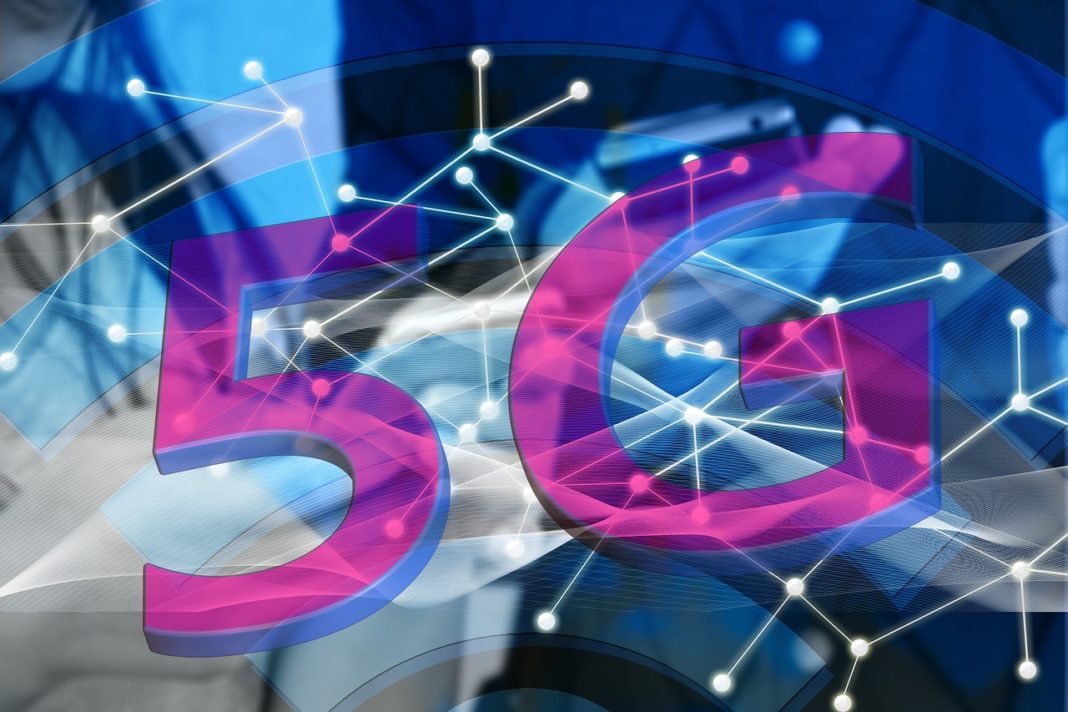If you’re wondering what 5G technology is, this article is for you. This new technology uses fiber optic cables to transmit signals across the world with ultra-low latency and smaller transmitters. It has been dubbed the “5G” network, and its benefits include faster speeds and greater coverage. Here are some key aspects of the technology. These advantages make 5G such an exciting and innovative new network. It’s the most advanced cellular network to date, and is slated to become the first fully wirelessly-connected global network.
5th generation mobile network
5G, or fifth generation, is the new technology standard for broadband cellular networks. Cellular phone companies are starting to deploy 5G networks around the world in 2019, and they will eventually replace the current 4G networks. As such, this new technology will significantly increase the speed and quality of data connections. But, what exactly is 5G? And how will it affect our lives? This article will explore the differences between 4G and 5G, and how each will improve the experience of using cellular devices.
While 5G is largely the same technology as today’s cellular networks, it uses higher radio frequencies and is less crowded. Because 5G uses millimeter waves, it will be able to carry more information and faster. While older cellular networks used lower-frequency microwaves, 5G will utilize higher frequencies. These higher bands are difficult to block, but can be expensive to use. As such, 5G will utilize multiple antennae to achieve this.
As part of the development of the 5G mobile network, the United States and European Union have opened up spectrum space to support the technology. The new technology will enable operators to deliver the appropriate slice of the network for different types of devices. In addition, different slices will have different capacities, making it possible to separate more simple devices from complex applications. Meanwhile, businesses will be able to rent isolated network slices, which will separate competing Internet traffic.
Fixed wireless access will also improve online access. In addition to offering a higher bandwidth, 5G will also eliminate the need for a landline. The next wave of mobile communication will rival fibre broadband. It will help improve the speed of connectivity in hard-to-reach areas and allow for remote applications. The NHS has already trialled remote monitoring of patients using 5G, and LG has even remotely controlled an excavator on another continent.
Ultra-reliable and low latency communications
Among its many applications, 5G is positioned to meet new classes of service latency and reliability. Ultra-reliable and low-latency communications (URLLC) is one such feature, and it combines the advantages of low-latency and high reliability. URLLC is intended to address the needs of mission-critical systems, such as smart grids and utilities. In addition to enhancing entertainment, URLLC can also enable remote diagnosis and surgery. Further, it enables the management of traffic better than any other type of network.
While there are many layers of technology in 5G, there are contradictory use cases and implementation goals. To achieve ultra-low latency, for example, 5G must move computing close to the client device (called UE in telecom speak). Meanwhile, IoT device density requires pushing computing back to central datacenters. Therefore, 5G may roll out in multiple iterative phases over the next decade.
URLLC can be used in clusters of sensors and actuators that work in a fixed area. These systems require features such as high-speed communication, low-latency and secure connections. These are key requirements for industrial automation, M2M and D2D communications. Until now, a limited amount of traffic could be handled by WiFi and mmWave-based small-cell technology. However, a METIS project estimates that as many as 200 devices per square kilometer, URLLC is a must-have for these industries.
The advantages of URLLC are clear. For example, it helps achieve maximum reliability and minimum latency for car assembly lines. Additionally, it also meets the requirements of industry technical standards such as PROFINET, which requires low latency bonds between devices. By achieving these requirements, 5G URLLC will improve production lines and ensure maximum efficiency. This technology will also enable the integration of AR into healthcare and reduce the risk of relapse.
Smaller transmitters
If you want a better signal, you might be surprised to know that 5G technology uses smaller transmitters. The higher frequency bands used by 5G are much more directional, meaning they can carry more data faster without causing problems over long distances. This is a great benefit, but it could also cause problems if you’re trying to communicate with someone a few feet away. The solution is to strategically place antennas, such as small ones on building walls. In addition, you can also place repeating stations that push the radio waves further, which could provide long-range 5G coverage.
This technology could replace smart devices with low-latency signals. Instead of relying on smart terminals, these devices could get instructions from edge computing systems and operate more efficiently. Eventually, these devices could replace many of today’s smart appliances, such as thermostats, climate control systems, and health monitors. This technology could also help make it easier to control things remotely. As such, it could also be used to replace Wi-Fi routers and become an essential part of every household.
There are many uses for 5G. Although the technology is still in its early stages, it promises to revolutionize mobile connectivity. One such example is augmented reality, where smartphones can communicate with each other using small transmitters. This is possible because 5G uses frequencies that are optimized for short-range communication. Currently, the frequencies are only suitable for short-range use due to physical propagation conditions. Furthermore, 5G is expected to use small transmitters called femtocells, which can operate mobile radio hotspots with high data rates.
The 5G ecosystem is not yet a collective term. Rather, it is a network that has many different players, some of whom are governments or multinational companies. The main advantage of 5G is that it will be able to separate a physical network into many virtual networks. The network can be divided into different regions and levels and the cellular infrastructure will become smaller. However, there are still many challenges to overcome and a few factors to consider.
Network slicing
With the help of network slicing in 5G technology, operators can create flexible network segments that address varying user demand and infrastructure requirements. This technology enables operators to optimize performance, reduce CAPEX, and support a wide range of use cases. Its benefits go beyond reducing operational costs and improving user experience. Here are some of the key benefits of network slicing in 5G technology.
Network slicing architectures differ substantially but generally consist of two high-level blocks: one designed to implement the slices, and another for their configuration and management. The implementation block consists of multiple layers: network, infrastructure, and service. Each layer carries out distinct tasks. The use cases that define the network’s functionality and architecture determine which network slice subnets are appropriate for specific use cases. However, there are several key considerations for network slicing architectures.
Network slicing in 5G technology can help operators manage traffic and prioritize data, and enhance services based on availability, urgency, and user preference. Network traffic is still high and users try to access available services during peak times. In addition, high network traffic can reduce the speed of services and prevent users from accessing facilities offered by service providers. By defining the types of slices, network operators can effectively manage traffic and ensure users receive the best service.
In order for network operators to make the most of the benefits of network slicing, they must automate the process. This means creating hundreds and even thousands of network slices. This is simply too large to manage manually. End-to-end automation is required for this task. End-to-end automation is essential to provide zero-touch slice lifecycle management in real-time. Automating the process can create new revenue streams for the MNOs.
Benefits for businesses
What are the benefits of 5G technology for businesses? Essentially, 5G offers better connectivity, better website traffic, and increased reliability. It also helps with the widespread integration of emerging technologies. In addition to boosting connectivity and business performance, 5G can also help companies leverage the gig economy. It can make it easier to hire temporary employees and remote experts. Businesses can also use 5G to develop new services. In fact, if they’re interested in embracing new technology, 5G may be a great investment.
5G can improve supply chains. Companies can better track truck locations and manage inventory. Companies can even use IoT devices to track assets. By integrating 5G technology into these devices, they can track where trucks are, ensuring the best routes are used. And in the field, employees will be able to leverage the capabilities of these devices to collect data and share it with others. Small business owners should explore 5G technology to stay ahead of the competition.
The 5G network will be able to support IoT actions, making it easier for businesses to manage and grow their business. For example, agricultural operations may one day use low-power sensors to monitor the health of their crops, triggering automated actions when certain conditions are met. Businesses can also use 5G to manage their production remotely, monitoring warehouse inventories, and even speeding up deliveries. These are all important aspects of 5G, and these technologies will continue to improve the way businesses do business.
Moreover, the introduction of 5G will help businesses evolve faster, as it will enable devices to connect to the cloud in a low-latency manner. Businesses can also connect more devices in a short amount of time, and their data will be secured with a robust network. As a result, 5G will increase productivity and reduce costs for businesses. These are just a few of the many benefits of 5G technology for businesses.






